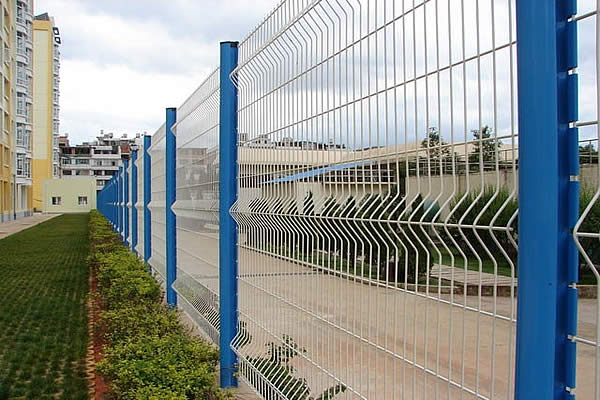 TEL:
+86-13102802206
TEL:
+86-13102802206
 Email:
fencenetting@china.com
Email:
fencenetting@china.com
 Language
Language
 TEL:
+86-13102802206
TEL:
+86-13102802206
 Email:
fencenetting@china.com
Email:
fencenetting@china.com
 Language
Language


The Evolution and Benefits of Portable Net Fencing
In recent years, the demand for versatile and effective fencing solutions has grown significantly, particularly in agricultural and outdoor settings. One notable innovation in this realm is the portable net fence, a fencing system designed to offer flexibility, convenience, and efficiency. This article will explore the evolution of portable net fencing, its numerous benefits, and its applications across various fields.
What is Portable Net Fencing?
Portable net fencing is a lightweight, modular fencing system made of durable materials such as polypropylene or nylon, which features vertical and horizontal strands designed to contain livestock or manage wildlife. Typically supported by stakes or posts, these fences can be easily assembled, disassembled, and transported, making them ideal for temporary setups or for use in multiple locations.
Evolution of Portable Net Fencing
The origins of portable fencing can be traced back to simple wire and post barriers used by farmers and ranchers for decades. However, the modern iteration of portable net fencing emerged in the late 20th century, driven by advances in materials technology and a growing awareness of the need for sustainable farming practices. As land management practices evolved and sustainability became a vital component of agriculture, the demand for efficient, cost-effective fencing solutions surged.
Today’s portable net fences are engineered to be lightweight yet robust, providing high visibility and effective containment without the need for elaborate infrastructure. They are often designed to integrate with electric fencing systems, enhancing their functionality and effectiveness.
Benefits of Portable Net Fencing
1. Flexibility and Mobility One of the primary advantages of portable net fencing is its flexibility. Farmers can quickly set up a fence in a desired location, which is particularly beneficial for rotational grazing practices. This allows livestock to graze in designated areas, promoting healthier pastures and preventing overgrazing.

2. Cost-Effectiveness Compared to traditional fencing methods, portable net fencing is often more cost-effective. Its materials are less expensive, and the ease of installation reduces labor costs. Additionally, because it can be reused and relocated, it ultimately represents a better long-term investment.
3. Easy Installation and Maintenance Setting up portable net fencing requires minimal tools and expertise. Most systems come with clear instructions, allowing users to establish a secure boundary in no time. Maintenance is also relatively easy; cleaning or repairing a section of the fence can be done quickly, enhancing durability.
4. Increased Safety The high visibility of portable net fencing makes it a safer choice for both livestock and wildlife. It reduces the risk of accidental collisions and ensures that animals remain within secure boundaries. Moreover, its lightweight design minimizes the likelihood of injury to animals.
5. Environmental Benefits By facilitating better land management practices, portable net fencing contributes to sustainable agricultural methods. By controlling grazing patterns, it helps maintain soil health and reduces erosion, supporting overall ecosystem health.
Applications in Various Fields
Portable net fencing is not limited to agricultural applications; it is also utilized in various fields, including wildlife conservation, outdoor events, and sports. Wildlife managers use these fences to create temporary barriers to protect endangered species and rehabilitate habitats. Outdoor event organizers implement portable fencing for crowd control, ensuring safety and organization. In sports, these fences can define fields in soccer, rugby, or other outdoor games, enabling clear boundaries for players and spectators alike.
Conclusion
To conclude, portable net fencing represents an innovative and practical solution to modern fencing challenges. Its flexibility, cost-effectiveness, easy installation, and added safety features make it a valuable tool across numerous sectors. As the agriculture and outdoor recreation industries continue to evolve, the role of portable net fencing will likely expand, further supporting sustainable practices and efficient land management. Its continued evolution promises exciting possibilities for the future, making it a critical asset in contemporary environmental stewardship.